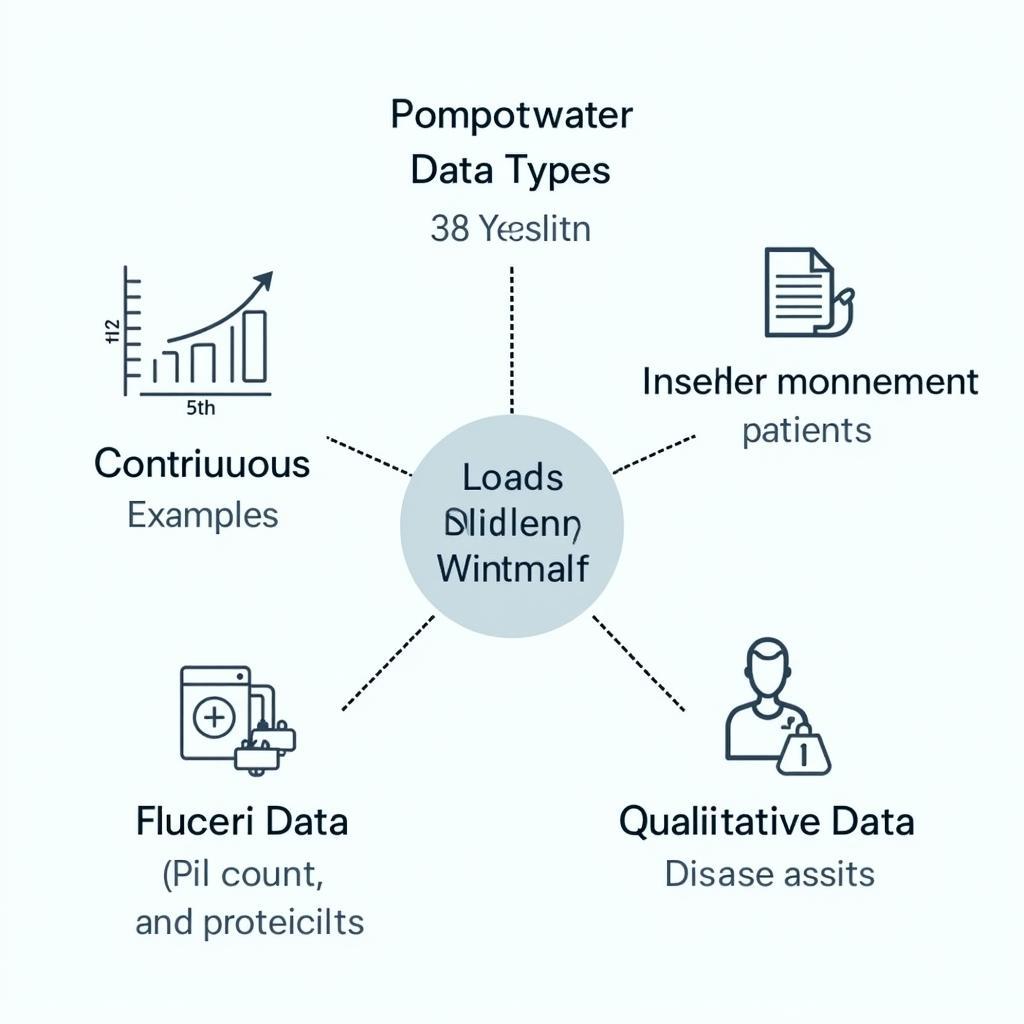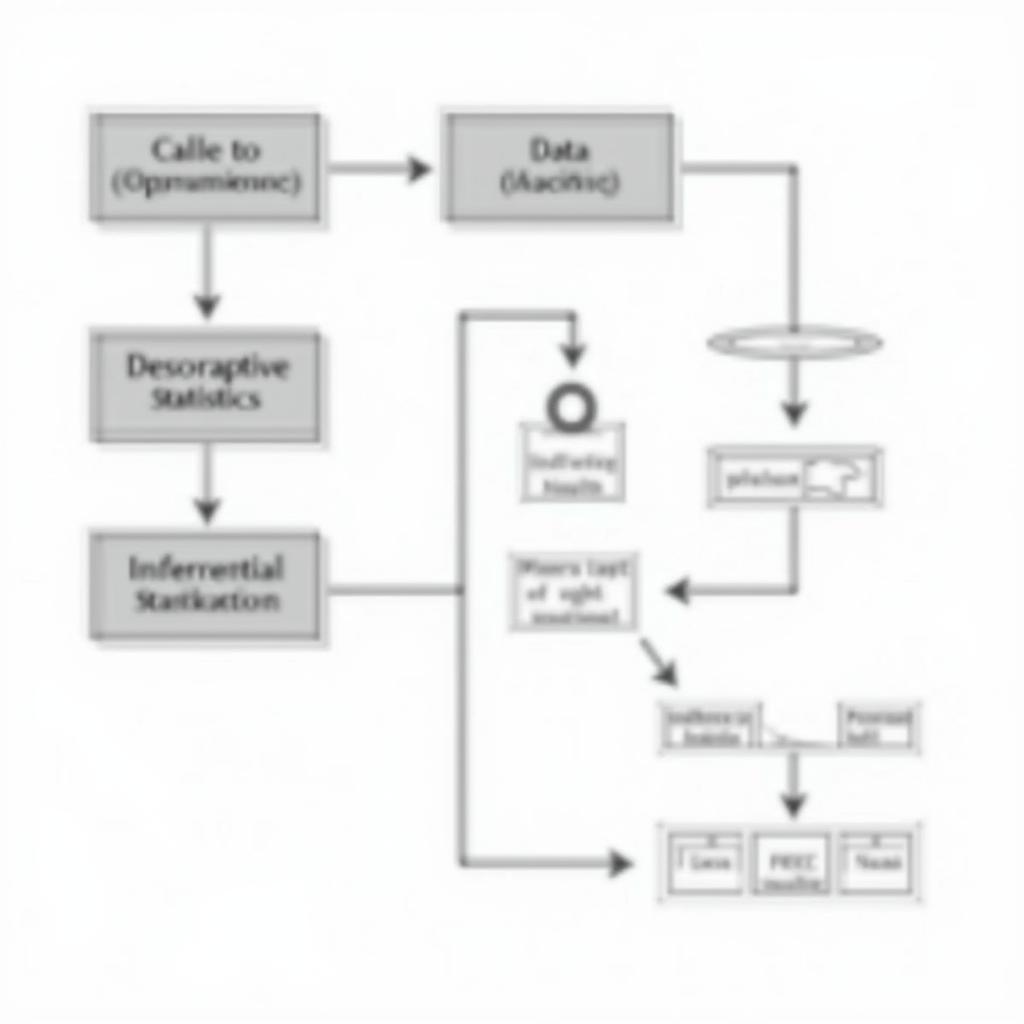Statistical methods are essential tools in medical research, enabling scientists and clinicians to make sense of complex health data and draw meaningful conclusions. By applying these methods, researchers can identify risk factors for diseases, evaluate the effectiveness of treatments, and ultimately improve patient care.
Understanding Different Types of Data in Medical Research
Before diving into specific statistical methods, it’s crucial to grasp the different types of data encountered in medical research. These can be broadly classified as:
1. Quantitative Data: This type of data deals with numbers and can be further divided into:
- Continuous Data: Represents measurements that can take on any value within a given range, such as blood pressure, height, or weight.
- Discrete Data: Involves counts or whole numbers, like the number of hospital visits or the number of pregnancies.
2. Qualitative Data: This type of data describes qualities or characteristics that cannot be measured numerically, such as gender, race, or disease stage.
 Different Types of Data in Medical Research
Different Types of Data in Medical Research
Understanding the nature of your data is paramount in selecting appropriate statistical methods for analysis.
Key Statistical Methods Used in Medical Research
A wide range of statistical methods are employed in medical research, and the choice depends on the research question and the type of data being analyzed. Some of the most common methods include:
1. Descriptive Statistics: These methods are used to summarize and describe the main features of a dataset. Common descriptive statistics include:
- Measures of Central Tendency: Mean, median, and mode, which provide information about the average or typical value in a dataset.
- Measures of Dispersion: Range, standard deviation, and variance, which quantify the spread or variability of the data.
2. Inferential Statistics: This branch of statistics deals with drawing conclusions about a population based on a sample of data. Key inferential statistical methods include:
- **Hypothesis Testing:** Used to determine whether there is enough evidence to support a specific claim or hypothesis about a population.
- **Confidence Intervals:** Provide a range of values within which the true population parameter is likely to fall.
- **Regression Analysis:** Explores the relationship between two or more variables, allowing researchers to predict the value of one variable based on the others. Application of Statistical Analysis in Medical Research
Application of Statistical Analysis in Medical Research
3. Survival Analysis: This set of methods is particularly useful in medical research for analyzing time-to-event data, such as the time to death, disease recurrence, or recovery. Common survival analysis techniques include:
- **Kaplan-Meier Curves:** Graphical representations of survival probabilities over time.
- **Cox Regression:** Allows researchers to investigate the relationship between multiple factors and the risk of an event occurring over time.Ensuring Accurate and Reliable Results
While statistical methods are powerful tools, it is crucial to use them appropriately and interpret the results carefully. Here are some key considerations:
- Study Design: A well-designed study is crucial for obtaining reliable results. Factors such as sample size, randomization, and blinding can significantly impact the validity of the findings.
- Data Quality: The accuracy and completeness of the data are paramount. Data cleaning and validation procedures should be implemented to ensure data integrity.
- Assumptions of Statistical Tests: Many statistical tests have underlying assumptions that need to be met for the results to be valid. It is essential to check these assumptions before interpreting the findings.
The Evolving Landscape of Statistical Methods in Medicine
With the advent of big data and advancements in technology, the field of medical research is constantly evolving. New statistical methods and tools are emerging to handle the increasing volume and complexity of health data. For instance, machine learning algorithms are being applied to improve disease prediction, personalize treatment plans, and identify potential drug targets.
 Emerging Trends in Medical Data Analysis
Emerging Trends in Medical Data Analysis
Conclusion
Statistical methods are indispensable tools in medical research, providing a framework for analyzing data, drawing meaningful conclusions, and ultimately advancing healthcare practices. By understanding the fundamental principles of statistics and their application in medical research, we can unlock valuable insights from data and pave the way for improved patient outcomes.
Need help with your medical research? Contact us at 0904826292 or email research@gmail.com. Our team of experts is ready to assist you 24/7. We are located at No. 31, Alley 142/7, P. Phú Viên, Bồ Đề, Long Biên, Hà Nội, Việt Nam.